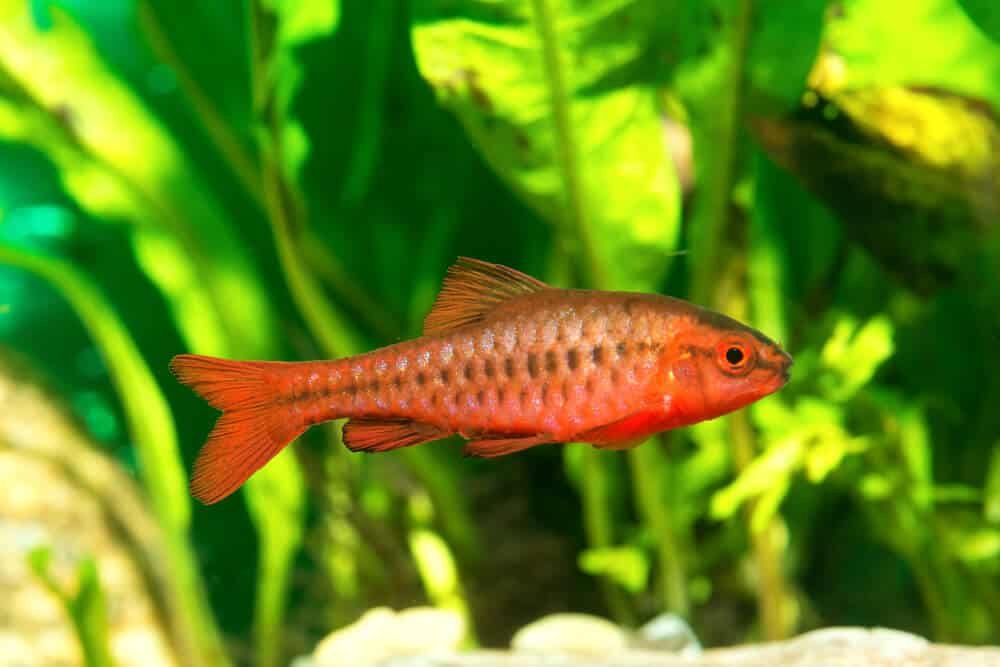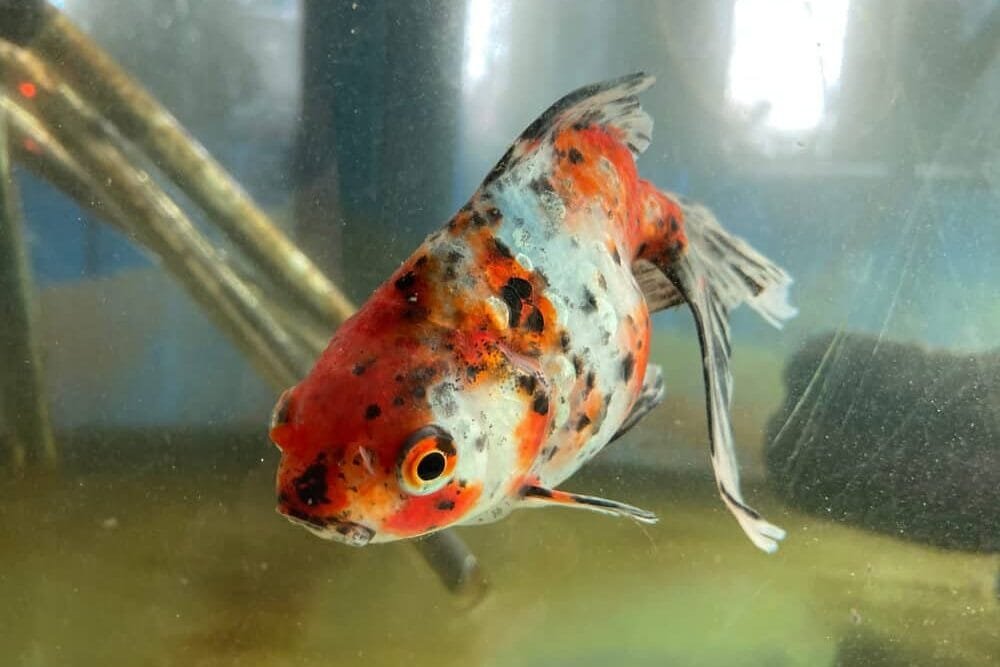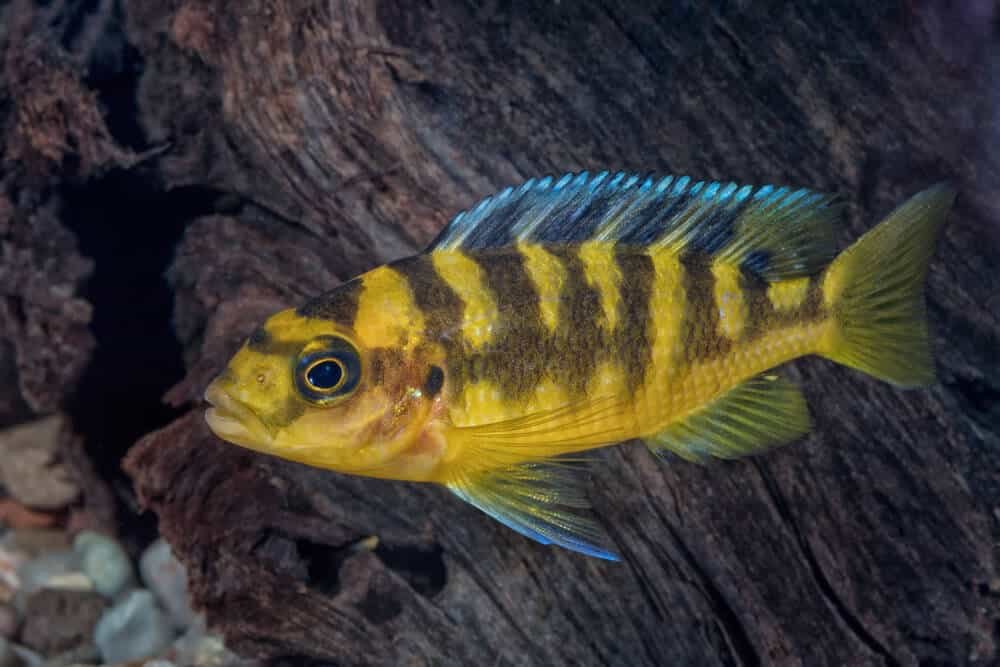The Ultimate Guide to Goldfish Care

If you’re a proud goldfish owner or considering bringing one home, this article is your go-to resource for everything you need to know about goldfish care. From setting up their tank to providing the right nutrition and ensuring a clean environment, this ultimate guide has got you covered. Get ready to dive into the exciting world of goldfish care and learn how to create a happy and healthy home for these beautiful aquatic pets.
Choosing the Right Goldfish
Goldfish are a popular choice for many pet owners due to their vibrant colors and soothing swimming patterns. However, before bringing home a goldfish, it’s important to consider a few key factors in order to choose the right one for you. There are several common types of goldfish, each with its own unique characteristics and requirements. By understanding these differences and taking into account your personal preferences and resources, you can make an informed decision and ensure the well-being of your new aquatic friend.
Common Types of Goldfish
When it comes to goldfish, there are a few common types that you’re likely to come across. One of the most recognizable is the common goldfish, which has a single-tail and a vibrant orange or red color. Other popular types include the fantail goldfish, which has a double tail and a rounded body, and the oranda goldfish, which has a distinctive head growth called a wen. Other varieties include the black moor, the ryukin, and the telescope goldfish. Each type has its own unique appearance and characteristics, so take your time to explore the options and find the one that resonates with you.
Considerations for Goldfish Selection
When selecting a goldfish, there are a few important considerations to keep in mind. Firstly, you’ll need to consider the size of the goldfish and whether it will be suitable for your aquarium. Some goldfish can grow quite large, so make sure you have enough space to accommodate their needs. Additionally, consider the compatibility of different goldfish types if you plan on having multiple fish in the same tank. Some goldfish varieties get along better with others, so research their temperaments beforehand. Lastly, take into account the specific care and maintenance requirements of the goldfish type you choose. Some may require more specialized care, while others may be more forgiving for beginners.
Setting Up the Aquarium
Now that you have chosen the perfect goldfish, it’s time to set up their new home. Creating a suitable environment for your goldfish is crucial for their health and well-being. Pay attention to factors such as tank size, water filtration system, heating, and lighting requirements.
Tank Size and Shape
Goldfish need plenty of space to swim and grow, so it’s important to provide them with an adequately sized tank. As a general rule, allow at least 20 gallons of water for a single goldfish and an additional 10 gallons for each additional fish. The shape of the tank is also important, as goldfish are notorious for producing a lot of waste. A rectangular tank with a larger surface area will provide better oxygen exchange and allow for efficient filtration.
Water Filtration System
Clean and clear water is essential for the health of your goldfish. Invest in a high-quality water filtration system that is specifically designed for goldfish tanks. A combination of mechanical, biological, and chemical filtration will help remove debris, harmful chemicals, and maintain a healthy balance of beneficial bacteria in the water. Regularly check and clean the filter to ensure optimal performance.
Heating and Lighting Requirements
Goldfish are cold-water fish and are accustomed to cooler temperatures. However, it is still important to provide a consistent water temperature for their well-being. Make sure to invest in a thermometer to monitor the water temperature and use a heater if necessary to maintain it within the optimal range for your goldfish species. Additionally, provide appropriate lighting for your goldfish tank. A balance of natural daylight and artificial lighting will help promote a healthy circadian rhythm for your fish.
Aquarium Maintenance
Proper aquarium maintenance is necessary to keep your goldfish healthy and happy. Regular water testing, water changes, and tank cleaning are essential tasks that should not be overlooked.
Water Quality Testing
Regularly testing the water quality is vital for your goldfish’s health. This can be done using test kits available at pet stores. Monitor levels of ammonia, nitrites, and nitrates, as well as pH and water hardness. Consistently maintaining stable and appropriate levels will help prevent health issues and ensure a thriving environment for your goldfish.
Regular Water Changes
Goldfish produce a significant amount of waste, so regular water changes are essential to maintain good water quality. Aim to replace about 25% of the water every 2-3 weeks, depending on the size of your tank and the number of fish. Use a siphon or a suitable water pump to remove debris and waste from the substrate during water changes. Make sure to treat the new water with a water conditioner to remove harmful chemicals and chloramines.
Cleaning the Tank
Cleaning the tank is an important part of aquarium maintenance. Routinely remove any uneaten food, decaying plants, and debris from the tank using a net or a gentle aquarium vacuum. Pay attention to the glass or acrylic surfaces, removing any algae buildup with an algae scraper or sponge. Avoid using chemicals or soaps that may harm your fish. Regular tank cleaning will not only keep your goldfish healthy but also ensure an aesthetically pleasing and enjoyable environment.
Feeding Goldfish
Proper nutrition is crucial for the health and longevity of your goldfish. Understanding the correct diet, feeding frequency, and techniques will help ensure that your goldfish thrives.
Goldfish Diet
Goldfish are omnivorous and require a balanced diet. There are different types of food available, including flakes, pellets, and live/frozen food. Look for high-quality goldfish-specific food that contains a good balance of proteins, carbohydrates, vitamins, and minerals. Supplement their diet with occasional treats such as brine shrimp, daphnia, or bloodworms to provide variety and enrichment.
How Often to Feed
Goldfish should be fed small portions several times a day rather than one big meal. Overfeeding can lead to health issues and poor water quality. Feed your goldfish only what they can consume within a few minutes, and remove any uneaten food to prevent it from fouling the tank. A good starting point is to feed them 2-3 times a day, adjusting the amount as needed based on their appetite and growth.
Feeding Techniques
Feeding your goldfish is not just about providing them with nourishment, but it can also be an opportunity for interaction and enrichment. Try using a floating feeding ring or target training with a small stick to encourage your goldfish to swim and explore. This can make feeding time more exciting for both you and your fish. Always observe their behavior during feeding to ensure that all fish have a chance to eat and there is no aggression taking place.
Goldfish Health
Keeping your goldfish healthy and free from illness is a top priority for any responsible owner. Familiarize yourself with common health issues, be vigilant for signs of illness, and take preventative measures to ensure the well-being of your goldfish.
Common Health Issues
Goldfish are susceptible to a range of health issues, including bacterial infections, fungal infections, parasites, fin rot, swim bladder disorder, and more. Recognizing the symptoms early on can help in timely treatment and preventing the spread of diseases. Be on the lookout for signs such as lethargy, loss of appetite, abnormal swimming behavior, lesions, or changes in appearance.
Signs of Illness
Goldfish typically exhibit certain signs when they are unwell. These may include visible physical changes such as discoloration, torn fins, or ulcers. Behavioral changes like excessive scratching, gasping for air at the water surface, or abnormal swimming patterns may also indicate an underlying health problem. Regular observation and monitoring of your goldfish will allow you to detect any potential issues early on and seek appropriate veterinary care if needed.
Preventing and Treating Diseases
Maintaining a clean and stable environment is key to preventing diseases in goldfish. Consistently monitor water quality and maintain appropriate water parameters. Avoid introducing new fish without proper quarantine and acclimatization procedures to prevent the spread of diseases. If you suspect an illness, it is important to promptly isolate the affected fish and seek advice from a veterinarian who specializes in aquatic medicine. Follow their treatment recommendations carefully to minimize stress and promote a speedy recovery for your goldfish.
Goldfish Tankmates
While goldfish can be kept alone, they can also thrive alongside compatible tankmates. However, it is important to choose the right fish species to avoid aggression and overcrowding.
Compatible Fish Species
When considering tankmates for your goldfish, opt for species that can tolerate similar water conditions and have similar temperaments. Common options include other species of goldfish, such as those with similar physical attributes and size. Additionally, other peaceful freshwater species like white cloud mountain minnows, bristlenose plecos, or zebra danios can often coexist harmoniously with goldfish. Research the specific requirements and temperaments of potential tankmates and introduce them slowly and carefully to mitigate any potential issues.
Avoiding Aggression and Overcrowding
To prevent aggression and overcrowding, take into account the size, temperament, and territorial nature of the fish you plan to keep with your goldfish. Avoid mixing goldfish varieties with significantly larger or more aggressive species, as this can lead to stress, injuries, and an unhealthy environment. Additionally, be mindful of the space requirements and ensure that your tank is adequately sized to accommodate all the inhabitants comfortably.
Goldfish Breeding
Breeding goldfish can be a rewarding and fascinating experience. If you’re interested in breeding goldfish, there are a few important considerations and preparations to keep in mind.
Understanding Goldfish Reproduction
Goldfish are egg-layers and typically require specific conditions and cues to initiate spawning. Different goldfish varieties have different breeding behaviors and requirements. Some may require a separate breeding tank, specific water temperatures, or changes in lighting conditions to trigger the breeding process. Research the specific requirements of your goldfish variety and ensure you are prepared to provide the necessary conditions.
Preparing for Breeding
Before attempting to breed goldfish, it is important to establish a healthy environment for them. Ensure that your goldfish are in prime condition by providing them with a balanced diet and maintaining optimal water quality. Provide appropriate spawning sites such as spawning mops or artificial grass to encourage egg-laying. Plan ahead and have a separate breeding tank ready if needed.
Caring for Spawning Goldfish
Once your goldfish have laid eggs, it is important to carefully monitor and provide suitable care for the eggs and fry. Separating the adults from the eggs or using a separate hatching tank is usually recommended to prevent them from being eaten. Maintain stable water parameters and keep a close eye on water quality to ensure the survival and healthy development of the fry. Feeding them appropriately sized and nutritious food is crucial during this early stage.
Goldfish Behavior
Understanding goldfish behavior is essential for creating a thriving and harmonious environment. Recognizing normal behavior and addressing abnormal behavior in a timely manner can help ensure the overall well-being of your goldfish.
Understanding Goldfish Behavior
Goldfish may exhibit various behaviors, such as swimming near the water surface, exploring the bottom of the tank, or interacting with tankmates. They may also display feeding behaviors, courtship displays, or territorial behaviors. Observing and understanding these behaviors will help you gauge their overall health and happiness.
Recognizing Normal Behavior
Normal goldfish behavior includes active swimming, feeding with enthusiasm, and interacting with their environment. They may display curiosity towards new objects in the tank and may occasionally bicker with tankmates over territories. Keep an eye out for any changes in behavior, such as sudden aggression, lethargy, or hiding for extended periods, as these may indicate underlying issues.
Addressing Abnormal Behavior
If you notice any abnormal behavior in your goldfish, it’s important to investigate and address the issue as soon as possible. Changes in behavior, such as loss of appetite, excessive hiding, or frequent flashing against tank surfaces, may be indicators of health problems. Monitor the water quality, ensure proper nutrition, and consider seeking advice from a veterinarian with expertise in fish health if behavioral issues persist. Early intervention and prompt treatment can make a significant difference in the well-being of your goldfish.
Decorating the Goldfish Tank
Creating an aesthetically pleasing and stimulating environment for your goldfish is not only visually appealing but also promotes their well-being and natural behaviors. Consider tank decorations that are safe, engaging, and suitable for goldfish.
Choosing Safe Tank Decorations
When selecting tank decorations, prioritize safety for your goldfish. Avoid sharp edges, small openings where fish can get trapped, or decorations that can leach harmful chemicals into the water. Opt for decorations specifically designed for aquariums or those made from non-toxic materials. Natural elements like live plants or smooth river rocks can provide a more natural and enriching environment for your goldfish.
Creating a Stimulating Environment
Goldfish are curious and benefit from a stimulating environment. Provide hiding places such as driftwood, caves, or plant clusters to mimic their natural habitat. Add ornaments or floating objects to encourage exploration and play. Consider incorporating plants that are suitable for goldfish, which not only provide cover and visual interest but also help improve water quality by absorbing nitrates.
Goldfish Tips and Tricks
Caring for goldfish can sometimes be challenging, but with a few tips and tricks, you can ensure that your goldfish thrive and live a long and healthy life.
Providing Proper Nutrition
Offer a varied and balanced diet to ensure your goldfish receive all the necessary nutrients. Supplement their diet with occasional live or frozen foods to provide enrichment and additional sources of protein. Make sure to avoid overfeeding and remove any uneaten food promptly to maintain water quality.
Maintaining Water Quality
Water quality is crucial for the overall health of your goldfish. Regularly monitor water parameters, perform routine water changes, and maintain appropriate filtration to keep the water clean and well-oxygenated. Avoid overcrowding and maintain consistent water temperature to minimize stress on your goldfish.
Monitoring Temperature Changes
Goldfish are sensitive to temperature changes, so it’s important to keep an eye on them. Sudden fluctuations in water temperature can cause stress and compromise their immune system. Avoid placing their tank near drafts or direct sunlight, as this can lead to temperature swings. Use a reliable aquarium heater and monitor the water temperature regularly to ensure a stable and comfortable environment for your goldfish.
Conclusion
Goldfish can bring joy and beauty to any home aquarium. By understanding their specific needs, providing proper care, and creating an optimal environment, you can enjoy the company of these fascinating and delightful aquatic pets for years to come. Remember to always stay attentive to their well-being, be proactive in preventing and addressing any issues, and never hesitate to seek professional help if needed. With the right knowledge and dedication, your goldfish will thrive and become cherished members of your family.






